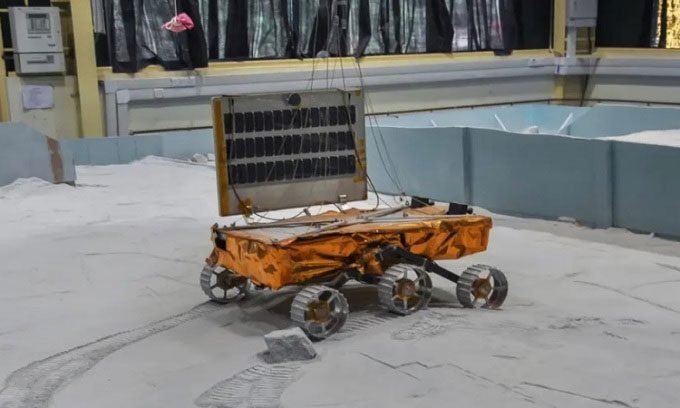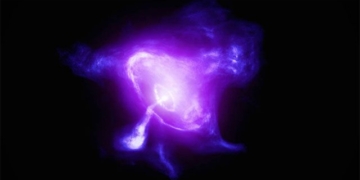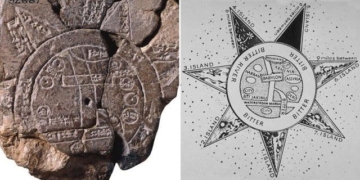The autonomous robot has confirmed the presence of sulfur and several other elements near the Moon’s south pole while searching for water ice, nearly a week after its historic landing.

The Pragyaan robot weighs about as much as a sheepdog. (Photo: ISRO).
In addition to sulfur, the laser spectrometer onboard the Pragyaan rover also detected aluminum, iron, calcium, chromium, titanium, manganese, oxygen, and silicon on the lunar surface, the Indian Space Research Organisation (ISRO) announced on August 29. Pragyaan rolled off the ramp of the Vikram lander during the Chandrayaan-3 mission after landing near the Moon’s south pole on August 23. The rover is expected to conduct experiments for 14 days. This new discovery marks its first scientific observation in the exploration of the south pole.
On August 28, the rover’s trajectory was reprogrammed as it approached a 4-meter-wide crater, allowing it to move safely. The vehicle travels at a speed of about 10 cm per second to minimize shocks and damage from the Moon’s rugged surface.
Weighing 25.9 kg, Pragyaan is comparable to a small German shepherd. The rover is navigating an area where no robot or astronaut has ever set foot before. Pragyaan’s scientific observations are crucial for understanding how to exploit lunar water, a goal that many countries are pursuing. The robot is equipped with a laser and alpha particle beam to study the soil composition at the Moon’s south pole. This region is believed to be the most water-rich area on Earth’s natural satellite. Water ice could be harvested to produce breathable oxygen for future manned lunar bases, as well as hydrogen and oxygen for rocket fuel to send spacecraft to Mars and deep space destinations.
The rover will also use RAMBHA and ILSA instruments to study the lunar atmosphere and collect samples for further analysis of the surface composition, according to the Times of India. However, its Laser-Induced Breakdown Spectroscopy (LIBS) device performed the first measurements of the soil composition at the south pole. The laser emits powerful pulses onto the lunar surface, creating extremely hot plasma. Each element in the periodic table emits a unique spectrum of light waves. Scientists can analyze the light from the plasma to identify the wavelengths and determine the chemical composition of the soil.





















































